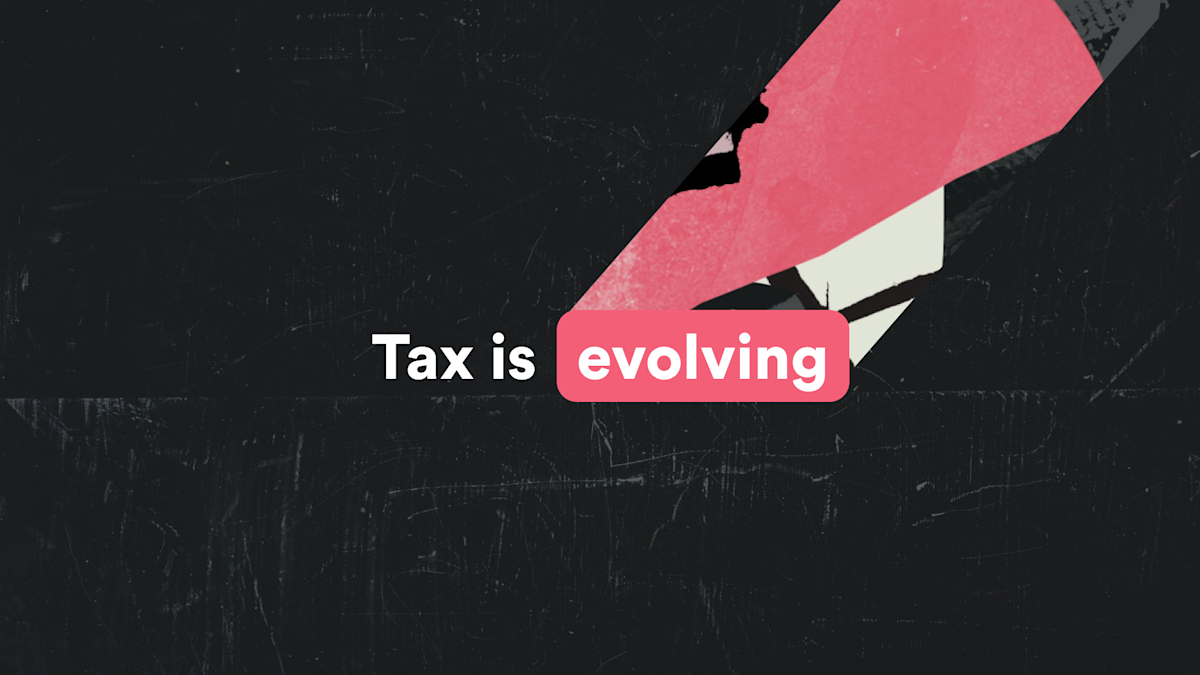With the arrival of Making Tax Digital (MTD) for Income Tax from April 2026, many people are asking one big question: does this mean the annual self assessment tax return is dead?
The simple answer is no – but it is changing.
For those who fall under the MTD thresholds, the annual tax return won't be abolished. Instead, it will be changed into a more efficient process called the final declaration. This change is designed to remove the year-end scramble by spreading the workload throughout the tax year.
If you’re not sure if you qualify for MTD for Income Tax read our blog to find out.
If you’re wondering how this new final declaration works and how it connects to the new quarterly reporting rules, here is everything you need to know.
What MTD replaces (and what it keeps)
MTD for Income Tax is being phased in starting from April 2026 for those with a qualifying income over £50,000. It’s a complete digital overhaul of how you report your business income.
What goes away:
The manual, paper-based scramble: The reliance on physical records or complex, error-prone spreadsheets is replaced by mandatory digital record keeping. Read more about what digital record keeping actually means in our blog.
The one-off annual data entry: The need to input a whole year's worth of income and expenses into a single form is replaced by four quarterly updates.
What stays:
The tax year: The tax year will still run from 6 April to 5 April.
The payment deadline: The payment date for any tax due will remain 31 January following the end of the tax year.
The year-end check: You still have to submit a final, definitive calculation of your total income and tax liability. This is the final declaration.
Understanding the two-part MTD process
Once you start with MTD for Income Tax, your tax compliance becomes a two-part process. using MTD-compatible software, like FreeAgent (included for free with Mettle*), you manage both the frequent updates and the final submission.
Part one: The quarterly updates
These are submissions of your income and expenses to HMRC four times a year. They replace the bulk of the old annual self assessment workload.
What they are: A summary of your total business income and expenses for that three-month period.
Their purpose: They give HMRC – and more importantly, you – an estimated running total of your tax liability throughout the year. This means no surprises on 31 January.
How they work: Your MTD software automatically pulls the digital records you've kept and compiles the summary for a simple 'check and send' process.
Part two: The final declaration
The final declaration is the new, modern version of your old tax return. It's what officially finalises your tax position with HMRC.
What it is: A definitive report that combines all your quarterly updates, includes any other personal income you might have, and applies any final tax adjustments and reliefs.
It’s purpose: This is the document that legally confirms your total tax bill for the entire year.
When it’s due: The final declaration must be submitted by 31 January following the end of the tax year.
For example, the final declaration for the tax year starting 6 April 2026 isn't due until 31 January 2028. This gives you time to finalise everything after the year ends.
How the final declaration works with your software
The biggest difference between the old self assessment and the final declaration is how the information is compiled and sent. With the old system, you had to gather all your records and then manually submit them. With MTD, the process is streamlined by your compatible software. You can find out about compatible software on HMRC’s website here.
The final declaration process breaks down into two steps within your accounting software:
1. The end of period statement (EoPS)
For each separate source of income you have (e.g., self-employment and a rental property), you must file an EoPS. This statement allows you to:
Make any necessary accounting adjustments (e.g., capital allowances or depreciation).
Confirm that the records you submitted in your quarterly updates are complete and accurate for the entire tax year.
2. The final declaration
Once all your individual business EoPS are filed, you submit the single final declaration. This is where you:
Add any non-business income (e.g., PAYE wages, investment income, bank interest).
Claim personal tax reliefs and allowances.
Check the final tax bill calculated by your software.
The real benefit of the final declaration
Moving from a familiar annual process to a series of quarterly updates followed by a final declaration might seem like more work, but the reality is that the new system is designed to remove stress.
No year-end panic: By regularly updating HMRC every three months, you’re spreading the tax administration over the year. This removes the massive burden of scrambling to find 12 months' worth of receipts in January.
A clear view of what you owe: Your MTD-compatible software (like the FreeAgent tax calculation feature in the Mettle app**) gives you a running estimate of your tax bill throughout the year. This helps you budget, set money aside, and make better business decisions, instead of being hit by a massive tax bill in January.
Fewer mistakes: Using digital tools that keep records in near-realtime dramatically reduces the potential for costly mistakes associated with manual data entry.
The annual self assessment tax return is not dead – it has simply evolved. By using the right MTD-compatible tools, you can make sure the transition to the final declaration is a smooth and stress-free one.
*To get FreeAgent included, you must make at least one transaction a month from your Mettle account. if you don’t make one transaction a month, or if your Mettle account is closed and you continue to use FreeAgent then the FreeAgent fees will apply. FreeAgent has optional paid-for add ons that may be chargeable.
Information correct as of 29 September 2025.
Disclaimer: The content of this blog is based on our understanding of the topic at the time of publication and should not be taken as professional advice. Any of the information may be subject to change. You are responsible for complying with tax law and if in doubt, should seek independent advice.


